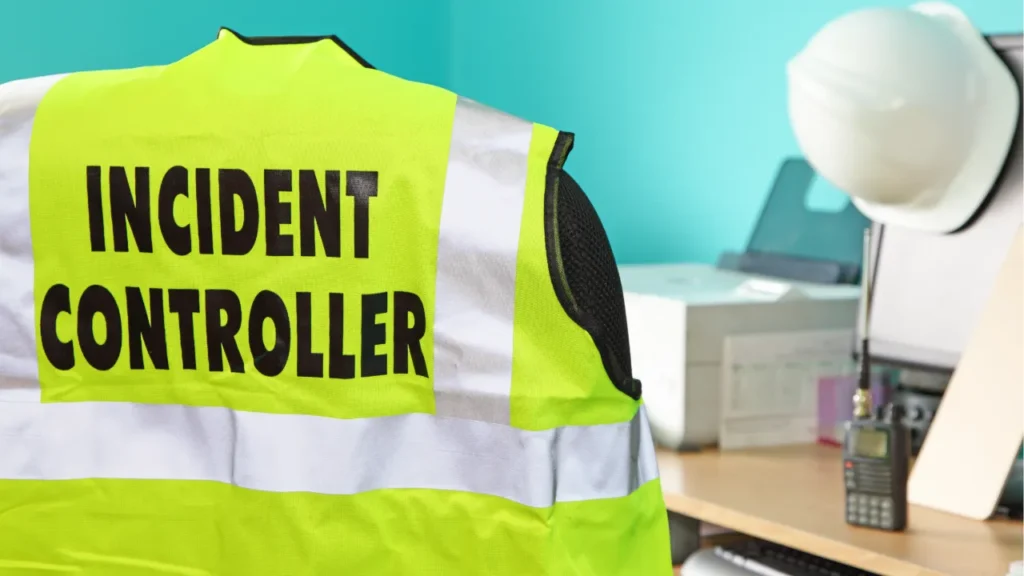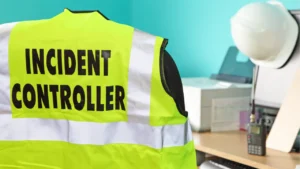The mining industry is inherently hazardous, with risks ranging from equipment accidents to environmental hazards.
Despite these challenges, mining companies worldwide are making significant strides in reducing fatalities through advanced safety measures, technology integration, and strict adherence to regulations such as those set by the South African Department of Mineral Resources and Energy (DMRE).
In this post, we’ll explore the strategies and innovations helping companies achieve safer mining environments.
Prioritizing a Safety-First Culture
Creating a culture of safety is the foundation of reducing mining fatalities. Companies are:
- Conducting Regular Training: Educating workers on safety protocols and the latest technologies.
- Encouraging Reporting: Establishing open channels for reporting hazards without fear of reprisal.
- Involving Leadership: Senior management actively participates in safety initiatives to set an example.
Leveraging Advanced Technologies
Technology is playing a critical role in enhancing safety in mines:
- IoT Sensors: Real-time monitoring of equipment and environmental conditions to detect potential risks.
- AI-Powered Predictive Analytics: Identifying patterns that could lead to accidents and enabling preventive measures.
- Autonomous Vehicles: Reducing human exposure to high-risk areas by using driverless machinery.
- Wearable Technology: Equipping workers with devices that track their location and health metrics.
Implementing Rigorous Risk Assessments
Proactive risk management is key to identifying and mitigating hazards:
- Site Audits: Frequent inspections to ensure compliance with safety standards.
- Hazard Mapping: Using data to pinpoint high-risk zones within the mining site.
- Dynamic Risk Management: Continuously updating safety protocols based on operational changes.
Enhancing Traffic Flow Management
A significant portion of mining accidents involves vehicle collisions and traffic mishaps. Companies are adopting:
- Real-Time Traffic Monitoring Systems: IoT-enabled systems to track vehicle movements.
- Separate Zones for Vehicles and Pedestrians: Minimizing interaction between heavy machinery and workers.
- Advanced Warning Systems: Alerts for proximity hazards and traffic congestion.
Aligning with Regulatory Standards
Compliance with regulations like the DMRE’s guidelines ensures that safety measures are standardized and enforced:
- Mandatory Safety Audits: Regularly conducted to verify adherence to safety protocols.
- Proactive Adoption of MOSH Best Practices: Implementing proven strategies from the Mining Industry Occupational Safety and Health (MOSH) initiative.
- Transparency in Reporting: Providing detailed reports on safety measures and incidents.
The Role of Collaboration
Collaboration among stakeholders amplifies the impact of safety initiatives:
- Industry Partnerships: Sharing best practices and safety innovations across companies.
- Engagement with Regulators: Working with authorities to shape effective and practical safety policies.
- Worker Participation: Encouraging active involvement in safety planning and execution.
Conclusion
Mining companies are showing that reducing fatalities is not just a possibility but a reality, thanks to innovative technologies, proactive risk management, and a commitment to fostering a culture of safety.
By continuously evolving and adopting new strategies, the industry is setting a benchmark for safety excellence.
Is your mining operation ready to embrace the future of safety?
Contact VTI today to explore cutting-edge solutions that can transform your safety measures and help create a zero-fatality mining environment.


